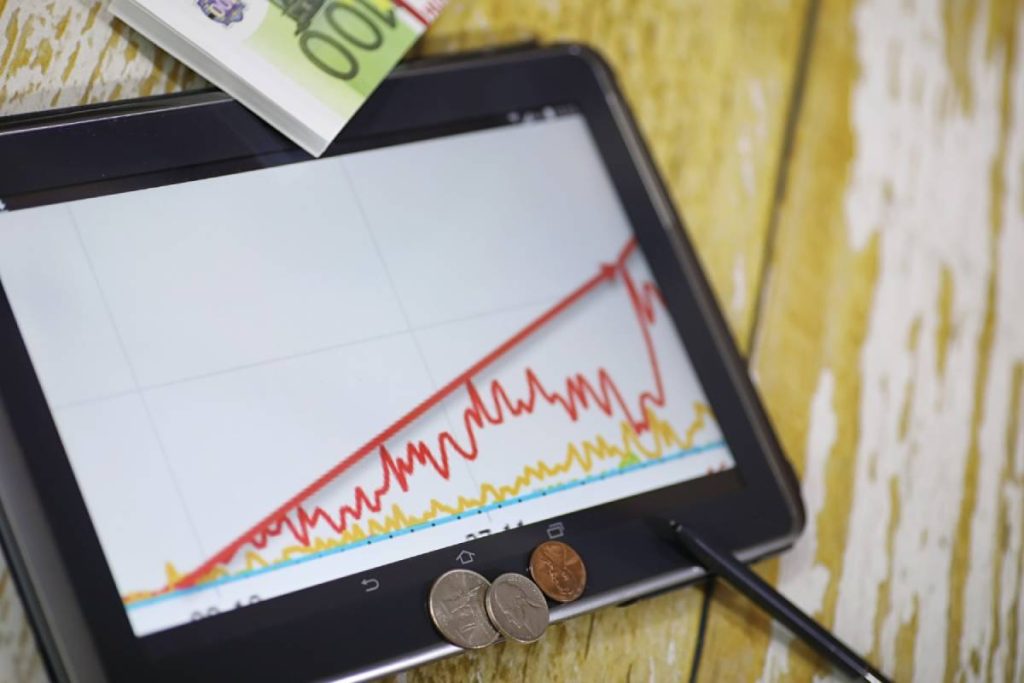The Growing Impact of Inflation on Household Budgets
In 2025, the rising tide of inflation is becoming an unavoidable factor in everyday life, directly influencing how individuals manage their finances. As prices continue to increase across essential categories such as food, energy, housing, and transportation, households are being forced to reassess their spending habits. For many families, basic necessities now consume a larger portion of income, leaving less room for discretionary purchases or savings. This shift in daily spending patterns signals a deeper economic adjustment, where long-standing habits are disrupted and consumers are required to prioritize needs over wants. In this context, budgeting has transformed from a passive routine into a critical strategy for survival. Shoppers are becoming more deliberate, often turning to price comparisons, bulk purchasing, and discount retailers as methods of coping with financial strain. As the cost of living outpaces wage growth, the average consumer’s lifestyle is being reshaped by necessity, not choice.
Changing Consumer Behavior in the Face of Inflation
With inflation remaining a persistent concern, consumers are exhibiting significant changes in purchasing decisions and consumption habits. The psychological impact of rising prices is driving individuals to seek out perceived value in every transaction. This is particularly evident in sectors like groceries and transportation, where consumers are substituting premium brands for more affordable alternatives. The transformation of daily spending behavior goes beyond choosing cheaper options; it also includes a noticeable reduction in non-essential spending. Activities like dining out, entertainment, and travel are increasingly viewed as luxuries rather than regular indulgences. In response to these financial pressures, consumers are developing new value systems that focus on practicality, durability, and long-term savings. Companies that fail to recognize this shift risk losing relevance in a market that is now dominated by cost-conscious buyers who demand more for less.
The Influence of Inflation on Saving and Investing Habits
The relationship between inflation and personal finance extends well beyond day-to-day purchases. As the cost of goods rises, so does the need for consumers to reevaluate how they approach savings and investments. Traditional saving methods are becoming less attractive due to diminished purchasing power, prompting individuals to seek alternatives that offer greater returns. This shift in daily spending behavior includes a renewed focus on assets that are perceived to hedge against inflation, such as real estate, commodities, or even digital currencies. However, these alternatives come with their own risks and complexities, which can be intimidating for the average consumer. The desire to protect wealth is prompting a growing number of people to educate themselves about financial markets, resulting in a more informed and engaged population. At the same time, inflationary pressures are reducing the amount of disposable income available for saving, creating a tension between financial security and present-day needs.
Rising Costs and Their Effect on Essential Services
As inflation continues to ripple through the global economy, its effects are increasingly felt in essential services such as healthcare, education, and housing. These sectors are particularly sensitive to economic fluctuations because they constitute core elements of daily spending for millions of people. Healthcare costs, for example, are climbing due to supply chain disruptions and labor shortages, forcing patients to delay treatments or seek alternative care. In education, tuition fees and school expenses are rising faster than inflation-adjusted incomes, limiting access for many families. Housing markets, both rental and ownership, are experiencing soaring prices that push lower- and middle-income earners further from affordability. These mounting expenses are reshaping how people access fundamental services, often forcing them to make difficult decisions between quality and affordability. The pressure to maintain basic standards of living is intensifying, challenging traditional assumptions about what is considered accessible or necessary.
Digital Payments and Inflation-Aware Spending Tools
Technological innovation is playing a crucial role in helping consumers navigate the challenges of inflation. Financial technology platforms are introducing tools that enable real-time tracking of expenses, automated budgeting, and predictive analytics based on inflation trends. These developments are empowering individuals to take more control over their daily spending, offering clarity and strategic planning in uncertain times. Digital wallets and mobile payment systems have also become more popular, providing convenience and transparency. By leveraging such tools, consumers can identify spending patterns, set realistic savings goals, and adjust behaviors to align with evolving financial circumstances. These technologies are no longer optional conveniences—they are becoming essential tools for economic resilience. As inflation persists, demand for smart financial management solutions is expected to grow, fostering a culture of financial literacy and proactive planning across all demographics.
Government Policies and Their Role in Daily Spending
Public policy has a significant influence on how inflation shapes the everyday lives of citizens. Fiscal and monetary responses, such as interest rate adjustments, tax reforms, and stimulus programs, directly impact consumer confidence and spending capacity. For many individuals, these policies determine how much they can afford to spend, save, or invest. In 2025, targeted subsidies and cost-of-living support measures are being introduced in various countries to help offset the effects of inflation. These interventions influence daily spending behaviors by either relieving pressure or creating new incentives. However, the effectiveness of such policies varies widely depending on their design and implementation. While some initiatives provide immediate relief, others may unintentionally fuel further inflation if not carefully managed. Policymakers face the challenge of balancing short-term relief with long-term economic stability, all while maintaining the trust and participation of the public.
The Psychological Toll of Living with Persistent Inflation
Beyond financial implications, the psychological effects of inflation on individuals and families are substantial. Constantly rising prices can lead to anxiety, uncertainty, and a diminished sense of control over one’s future. This emotional strain influences daily spending decisions, as people become more risk-averse and prioritize short-term security over long-term aspirations. Consumers may delay major life events like purchasing a home, starting a business, or investing in education due to perceived economic instability. The stress of budgeting under tight constraints can also affect mental health, relationships, and overall quality of life. In this context, emotional well-being becomes as critical as financial literacy in adapting to inflationary environments. Understanding the human side of economic shifts is essential for building support systems that address not just the numbers but the people living through them.
Conclusion
The ongoing presence of inflation is reshaping the economic behaviors and priorities of individuals around the world. From rethinking shopping habits to reconsidering long-term goals, daily spending has become a reflection of broader structural changes in the global economy. As technology, policy, and consumer behavior continue to evolve in response to inflation, adaptability will be key to navigating the years ahead. The path forward will require a blend of practical tools, informed decision-making, and emotional resilience. Understanding how inflation affects everyday choices is the first step in building a future that is financially sustainable and personally fulfilling.



